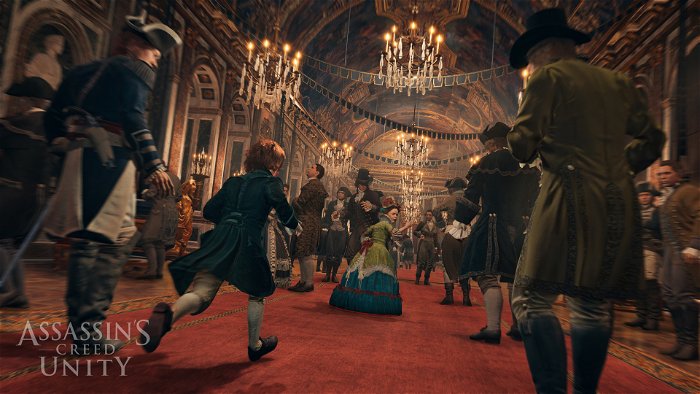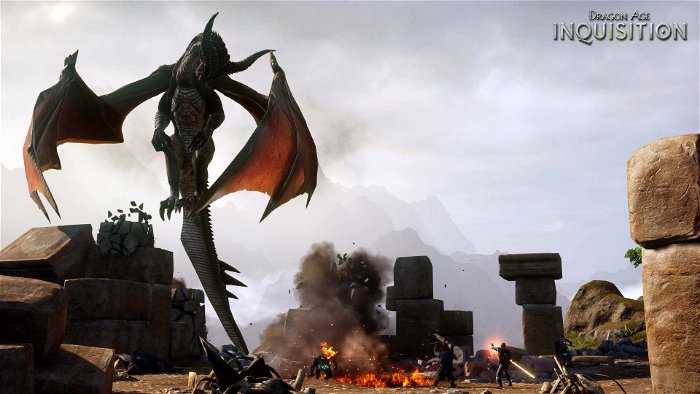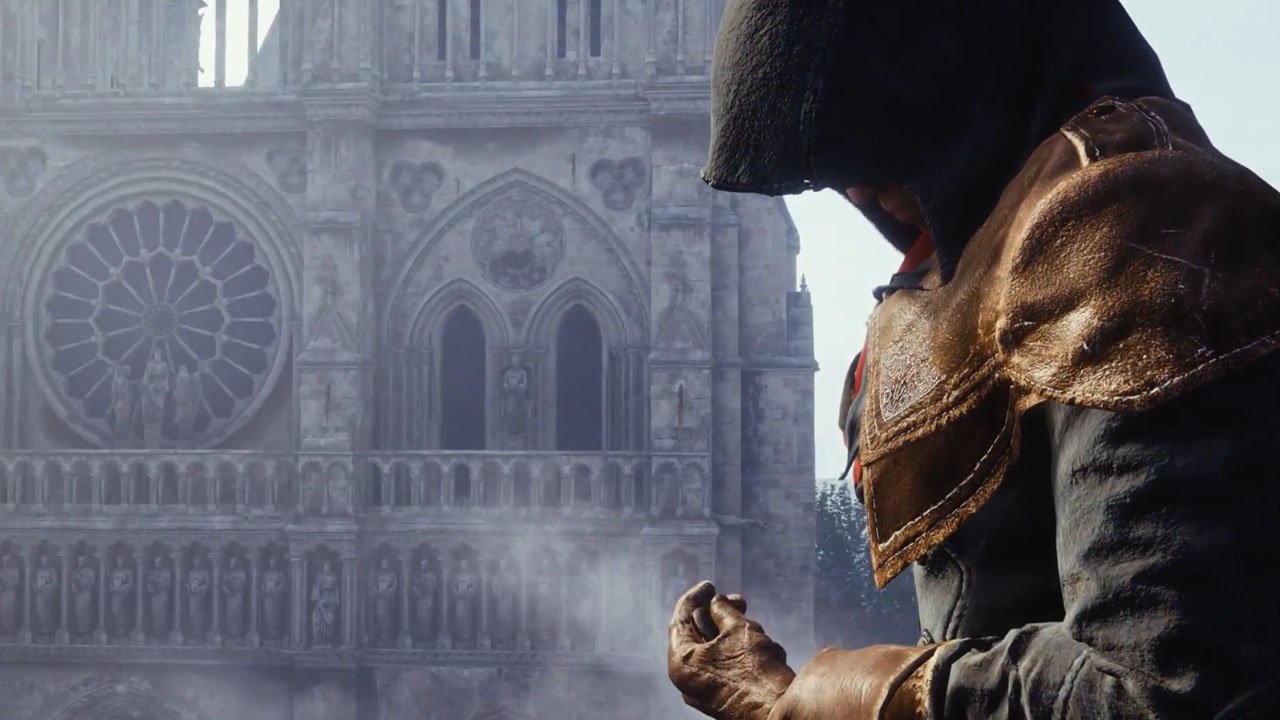Pulling up the map of Paris in Assassin’s Creed Unity invokes an immediate feeling of panic. Rather than simply offering a clear list of goals to accomplish or interesting landmarks to visit, the screen is filled with an immense clutter of multi-coloured icons that crowd out any sense of structure. In a way, the aimless confusion of the map is a microcosm of Unity’s problem as a whole: there’s an awful lot to do in the game, but it’s overwhelming to even consider how to get started.

Arno Dorian, Unity’s protagonist, ends up in Paris on a mission to uncover the conspiracy behind his adopted father’s murder. This goal—a pretty urgent one, by anybody’s definition—is carried out through story sequences that ask Arno to accomplish specific tasks. In one instance, he may need to rescue an important person held prisoner in a slum; in another, assassinate an enemy who’s helping perpetuate a food shortage. Like the Assassin’s Creed games before it, though, Unity’s main storyline progression can be interrupted at any time if the player wants to complete any of the optional activities scattered throughout the environment. Arno can solve murders, scale tall buildings, tackle pickpockets, buy retail property, or hunt down hidden treasure chests. These side missions aren’t always very satisfying, but they’re a fun enough diversion from the storyline itself. Done properly, they would help flesh out Paris as a setting and make the environment feel more lively. Unfortunately, Unity crams so many of these optional activities into its world that the exact opposite happens: any sense of the city as an organic setting is obliterated by the enormous number of “game-y” missions waiting to be completed. It’s difficult to become lost in Revolutionary-era Paris—to marvel at its mobs of angry citizens or take in the historic architecture of its 18th Century streets—when little icons dot the landscape and map.

Part of any developer’s role is to curate the player’s experience. While a wealth of side activities can be a great thing to have in an open-world game, it’s still important that the number of structured distractions from the world be meted out incrementally. In a given area of the environment, three or four optional missions can encourage exploration; ten or twelve are more likely to feel like an intrusion on the game world. Dragon Age: Inquisition, a game released around the same time as Unity, illustrates this problem, too. After introducing its storyline through a lengthy introductory sequence, the game dumps players off in an enormous area called The Hinterlands. Here, the mini-map is strewn with new quests to take on, animals to hunt, and secret areas to discover. While it’s initially a lot of fun to run around completing these activities, the sheer volume of them can lead to fatigue and, worst of all, kill the main plot’s momentum. Inquisition isn’t nearly as egregious an example as Unity (mostly due to the relative restraint exercised in the number of side missions stuffed into each area), but it still acts as an example of how distracting an excess of optional activities can be.
Unity should be used as a case study in how negatively this kind of design can impact an experience—in how packing an open-world title with as many side activities as possible is far worse than not giving players enough to do. This kitchen sink approach to mission design comes off as a lack of confidence. It leaves an impression of a developer unsure that the core of their game is good enough to stand on its own merits. This is a shame—in the past, the Assassin’s Creed series often provided some of the best examples of mixing satisfying side missions into a videogame narrative. Brotherhood’s Rome and Black Flag’s Caribbean islands felt like living places, with optional missions that served only to enhance the player’s sense of inhabiting their worlds. Unity, likely as the result of wanting to offer more to do than any Assassin’s Creed game prior, fails to do the same. This kind of design bloat doesn’t make games better for anyone. Developers are spread thin in an attempt to craft far too many activities and players are overwhelmed with constant distractions that dilute the overall experience. Hopefully, this is a problem that will be avoided in making not just the next Assassin’s Creed game, but future open-world titles in general.




